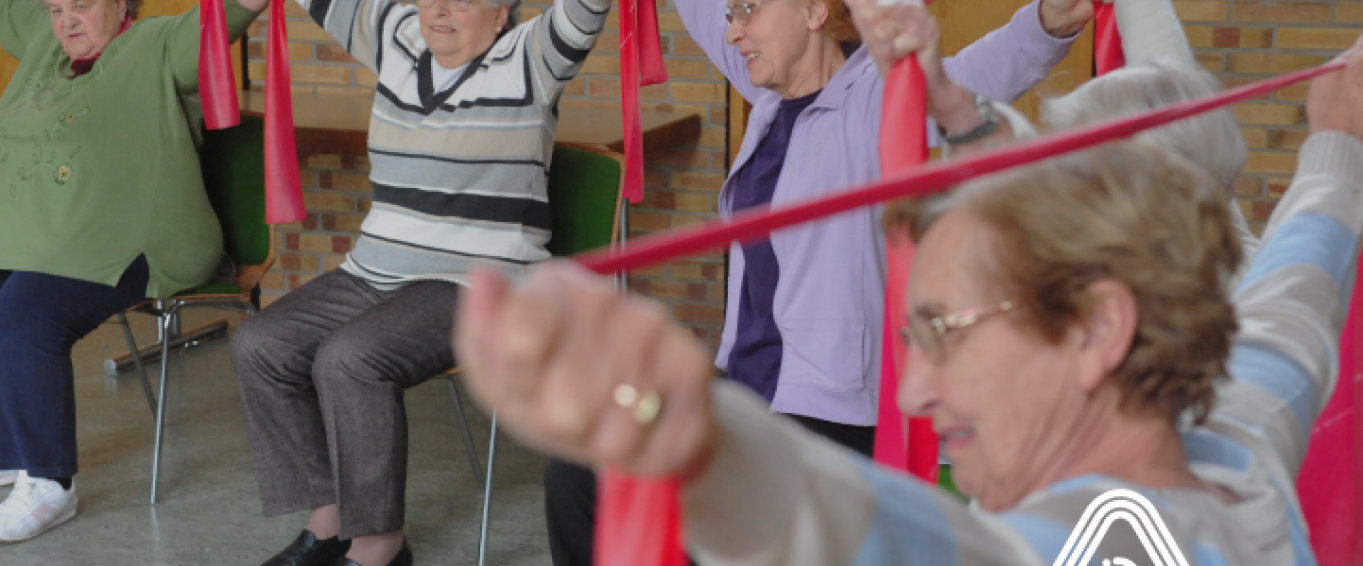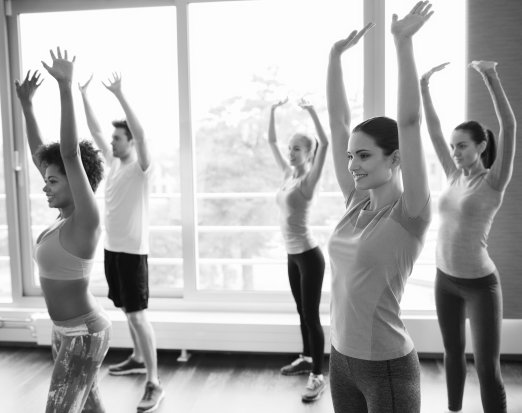A focus on physical activity can avoid unnecessary social care in future

Many older adults are told to ‘take it easy’ by practitioners and family members and avoid physical activity as a precaution to disease and hurting themselves. However, research suggests that participating in physical activity can help older adults maintain independence, avoid disease and lessen the costly burden of social care in later life.
The UK National Institute for Health and Care Excellence (2015) said that “disability, dementia and frailty can be prevented or delayed” by engaging in appropriate physical activity and well-being interventions.
The average cost of residential care in the UK is around £32k a year and may be required for months, years, or even decades. Families are failing to cope with these increasing costs and the NHS has immense pressure to deliver high quality care to a mounting population of older adults.
Cultural change
Getting older doesn’t have to mean becoming sedentary, regular physical activity can help people live longer with less risk of diseases, improve their physical and mental wellbeing and reduce the burden of social care costs.
Ensuring that as many people as possible maintain their ability to manage everyday activities requires a cultural change so that it becomes normal to expect people of all ages to be active. We are used to seeing older people in the media feeling great and keeping active, yet why don’t we expect that of our own relatives?
While there are social inequalities in length of healthy life, with access to better nutrition and more exercise being two important causes, there is no reason why people of all backgrounds can’t achieve a healthy and active later life. We must encourage action by national and local organisations to provide better facilities and options for people as they get older, especially for those with fewest opportunities, who need the most help.
Effect of disease
40% of people aged 65+ have a long-term condition, and the prevalence goes up 10% each decade, with an increasing proportion of people having multiple diseases. as the effects of environmental and behavioural risk factors accumulate. However, small changes in habits, such as cycling to work, can reduce the effect of sedentary behaviour and reduce the effects of diseases.
People with long term conditions and those who experience pain often mistakenly believe that exercise will make things worse, rather than understanding that the more conditions you have the more you need to improve fitness. Working on the core elements of fitness, strength, balance, co-ordination and flexibility, can significantly improve the quality of life for many older adults suffering.
Let’s take falls for example, which is the most common reason for hospitalisation among the over 65s in the UK. When an older adult falls due to loss of balance and strength and the onset on frailty, they could break their hip and require surgery and a lengthy hospital stay. In fact, in many cases, the patient will stay in hospital for the foreseeable future rather than pay expensive social care costs. A targeted falls prevention programme which focuses on developing strength and balance skills can significantly reduce the risk of falls and therefore prevent hospital admission and consequently physiotherapy and additional social care.
The future
Encouraging people of all ages to take activity seriously and lead healthy and active lifestyles will help to reduce social care costs for the future and reduce the pressure on the NHS. Introducing targeted physical activity programmes for older people can help to manage some of the costs to prevent conditions from getting worse and improve wellbeing.
However, the government, local authorities and influential people must work together to make it easier for older people to maintain physical activity. They must campaign for cultural change so older adults are being encouraged to maintain activity, rather than being told to sit down and take it easy.
Visit Exercise Medicine to learn more about physical activity interventions for older adults.
If you liked this article, why not share on social media using the buttons below?





